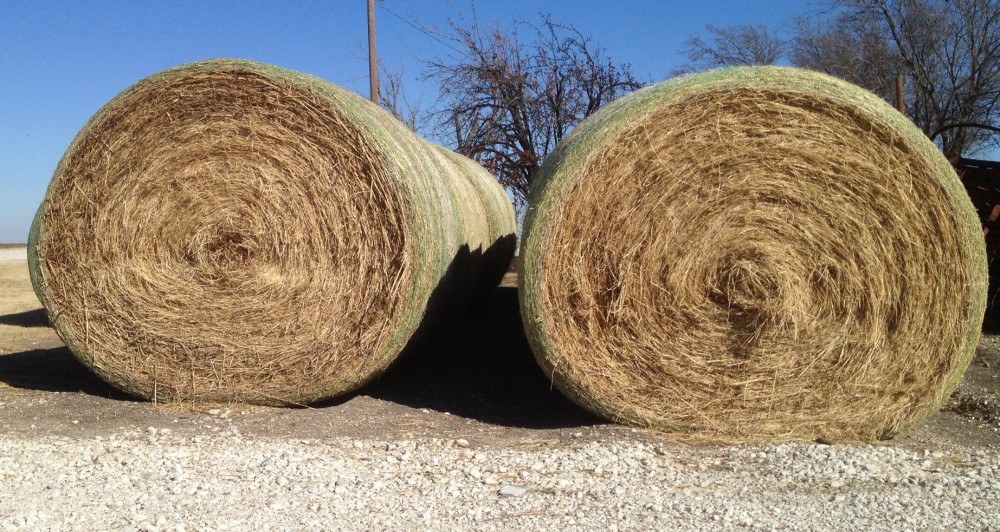“Hey, do you know how many college basketball teams play how many games in how many cities for the NCAA Men’s basketball tournament?”
“No. No one does. I checked the paper today, and three articles had three different sets of numbers.”
“So, what did you do?”
“I went, myself, to the schedule in the sports section and added up the numbers.”
“Really?”
“Yeah. It took about an hour, but I think I got ‘em right.”
“Man, you must love college basketball.”
“Doesn’t everyone?”
“Yeah. I mean sure. You got that right.
“Thanks.”
“So, how many teams, how many games, how many cities, and for how long?”
“You ready?”
“Yep.”
“Ok, the tournament starts on March 18-19 with a First Round of eight teams playing four games in Dayton, Ohio. Got that?”
“Got it. I’m writing it down and getting ready to add.”
“Good. The Second Round starts on March 20 and has 64 teams, which includes the four winners from the First Round, which means for the whole tournament there are 68 teams. Make a note of that. A couple of sportswriters got that figure right. The 64 teams play 32 games in 8 different cities. We are now up to 36 games. The Second Round games are played in the following cities: Orlando, Florida; San Diego California; Buffalo, New York; St. Louis, Missouri; Raleigh, North Carolina; Spokane, Washington; San Antonio, Texas; and Milwaukee, Wisconsin. So, we are up to 9 cities. How are you doing?”
“I think I’m following.”
“Good, because now it starts to get confusing.”
“Shoot.”
“It is a complete mystery when the Third Round starts. The Second and Third Rounds overlap. I know the Second Round has to start on March 20, because you can’t have the Third before the Second, but after that only the sports schedulers in their secretive and secluded back-room dens know for sure what’s going on, and they only tell the newspapers and sportscasters things like: ‘Thursday’s GAMES,’ ‘Friday’s GAMES,’ ‘Saturday’s GAMES,’ and ‘Sunday’s GAMES.’ No dates appear in the paper. So, you have to be reading and staying tuned all the time, or you may miss your favorite team.”
“Okay. Do we know how many games will be held in the Third Round and in which cities?”
“Yes and no. The rules of mathematics apply to some extent. The 32 winners of the Second Round play 16 games in the Third Round. So, with these Third Round games, we are now up to 52 games. The ‘where’ is the tricky part. Cities seem to start moving around. I think your team could play in one city in the Second Round, win, and then play in another city for the Third Round. I’m not sure, and I’m not sure anyone is. The phantom pencil pushers in their hidden closets so camouflage the actual logistics that you must be constantly on your toes, checking the new schedules when they are reported or published, so that you do not pass your team in flight and end up watching who knows who where.”
“I think I’ll watch on TV.”
“An astute move. Just be sure you have the right station. Oh, by the way, the Second and Third Round games end March 23.
“Okay. Are we to the Fourth Round?”
“We would be, if it were called that. The fourth round is called the ‘Sweet Sixteen.’ The 16 remaining teams (the Sweet Sixteen teams) play eight games in four new cities: Memphis, Tennessee; New York City, New York; Anaheim, California; and Indianapolis, Indiana. These 8 games are played between March 27 and March 28. This brings the total games to 60 and the total cities to 13. Lucky 13 for Sweet 16.”
“Are we ready for the next round, whatever it’s called?”
“Get ready. The eight winning teams from the Sweet Sixteen round advance to the “Elite Eight.” In this 5th round, which is not called the ‘Fifth Round,’ even though it is, there are 4 games, which brings our game total to 64. Since these four games are held in the same four cities as the ‘Sweet Sixteen,’ the city count stays at 13.”
“Do we know in which city each of the 4 Elite 8 games is played?”
“No. No one knows. It ‘s all part of the mystique of the Big Dance.”
“The ‘Big Dance’?”
“That’s what they call the whole tournament.”
“Why?”
“No idea.”
“I’m starting to worry.”
“You should start to get very worried and very excited. There are only a few games left.”
“Thank you.”
“You don’t have to thank me. It is an amazing tournament. To continue, the 4 winners of the Elite Eight advance to round 6, which is called the ‘Final Four.’ There are 2 games, which brings our total to 66 games. These 2 games are played in Arlington, Texas, our new city #14.”
“Are we now to the ‘Tremendous Two’?”
“You jest. The next and last game, which is played on April 7, is the long-awaited ‘Championship Game,’ #67 of round #7 in city #14, Arlington, Texas.”
“I can’t wait.”
“I’m with you there.”
“Okay, how many teams, games and cities?”
“To summarize, 68 teams will play 67 games in 14 cities over 21 days from March 18 to April 7.”
“Is that the last dance?”
“That is the Big Dance, and it is a dandy.”
“Oh, golly gee.”
“And, WHEE and away we go. Do you have all that down?”
“Yes. No. I don’t know.”
“Would you like me to start over?”
“No, please don’t. I’ll just watch it all on TV.”
“A good move, a very good move. You are a fan and smart one too.”
“Am I?”
“You are.”
Are you?
I am.
Grandpa Jim
